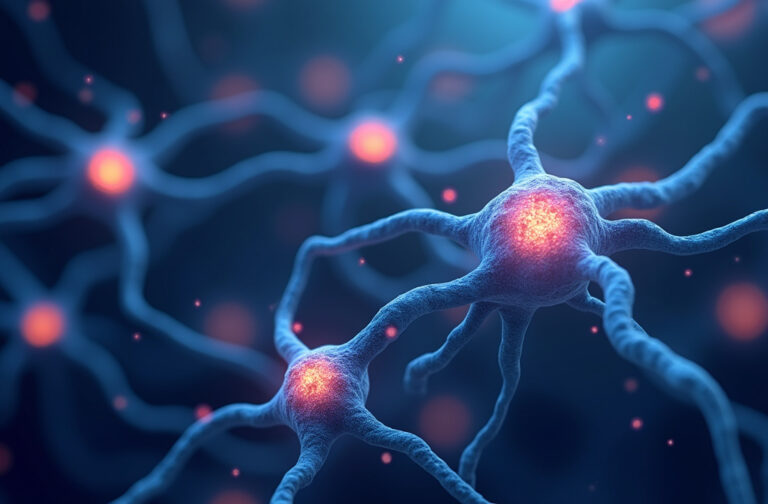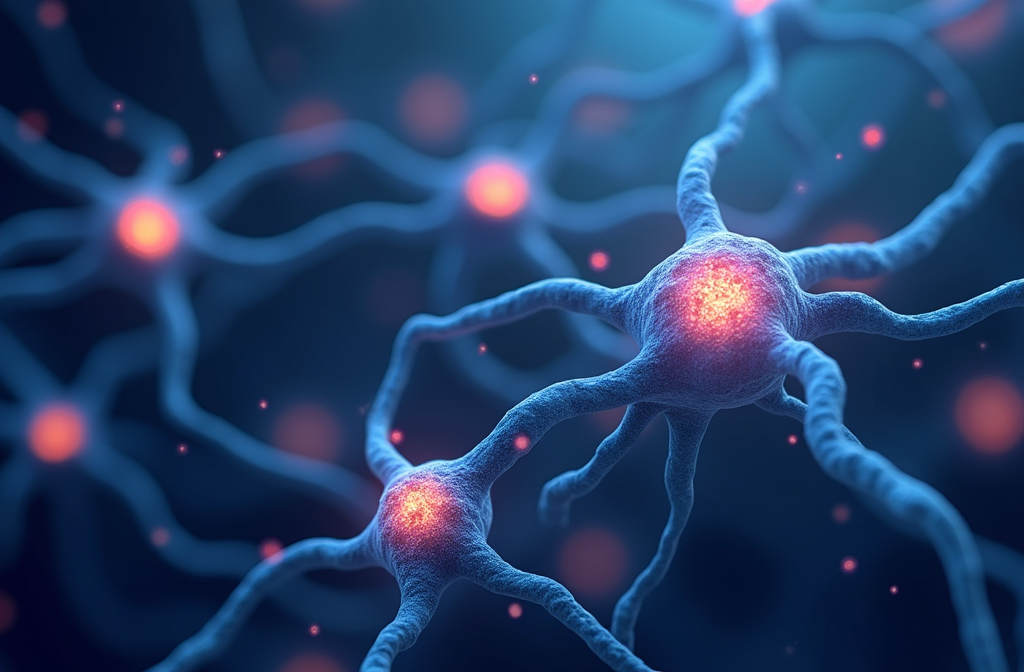Modern electronics still face a fundamental hurdle: writing data magnetically requires electric currents that waste energy through heat. But a new study demonstrates a method to flip magnetization directly with an electric field, bypassing energy-hungry currents — a game-changer for future memory devices.
The key lies in a cleverly engineered multiferroic material: Co-substituted BiFe₀.₉Co₀.₁O₃ (BFCO). Researchers have shown, both theoretically and experimentally, that BFCO thin films grown on carefully chosen crystal orientations allow reversible control of magnetization simply by applying an electric field.
This discovery edges us closer to building voltage-write, magnetic-read nonvolatile memory — technology that could dramatically lower the energy footprint of computing.
Why BFCO Is Special
Unlike conventional materials, BFCO exhibits both ferroelectric and weak ferromagnetic orders at room temperature. By doping BiFeO₃ (BFO) with cobalt, scientists destabilize the usual complex spin structures, giving rise to a measurable magnetization. Crucially, the magnetism and the electric polarization in BFCO are strongly coupled, meaning changing one can manipulate the other.
Prior research observed magnetization changes with certain polarization switches, but only under limited conditions. Now, researchers achieved out-of-plane (OOP) magnetization reversal — the holy grail for device integration — by engineering the thin film orientation to favor a specific polarization change, called a 109° ferroelectric switching event.
Cracking the 109° Polarization Switch
In multiferroics like BFCO, polarization can switch by angles like 71°, 109°, or 180°.
- 71° switches are easier and need lower voltages but don’t reverse magnetization.
- 109° switches, although harder (higher energy barriers), do reverse magnetization — exactly what devices need.
The researchers grew (110)pc-oriented BFCO thin films on (110) STO substrates to encourage 109° polarization switching when applying an in-plane electric field. Detailed calculations predicted, and experiments confirmed, that when polarization flips by 109°, the magnetization flips too — without needing a current.
This is the first direct observation of such behavior in BFCO thin films!
Challenges and Outlook
While magnetization reversal was observed, it wasn’t perfect across every region of the film. Some issues like domain wall pinning, incomplete switching, and material fatigue need solving. Future improvements could come from:
- Using nanopatterned structures or vicinally cut substrates to control domains more precisely,
- Optimizing the thin film fabrication for lower switching voltages,
- Exploring mechanical or light-induced switching to reduce fatigue.
Even so, this work is a huge milestone. It shows that electric-field-driven magnetization switching in a practical material like BFCO is achievable, offering real hope for next-generation ultra-low-power memory devices.
Check out the cool NewsWade YouTube video about this article!
Article derived from: Itoh, T., Shigematsu, K., Das, H., Meisenheimer, P., Maeda, K., Lee, K., Manna, M., Reddy, S. P., Susarla, S., Stevenson, P., Ramesh, R., & Azuma, M. (n.d.). Electric-Field-Driven reversal of ferromagnetism in (110)-Oriented, single phase, multiferroic Co-Substituted BiFEO3 thin films. The Advanced Portfolio. https://doi.org/10.1002/adma.202419580















